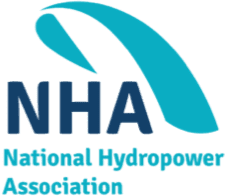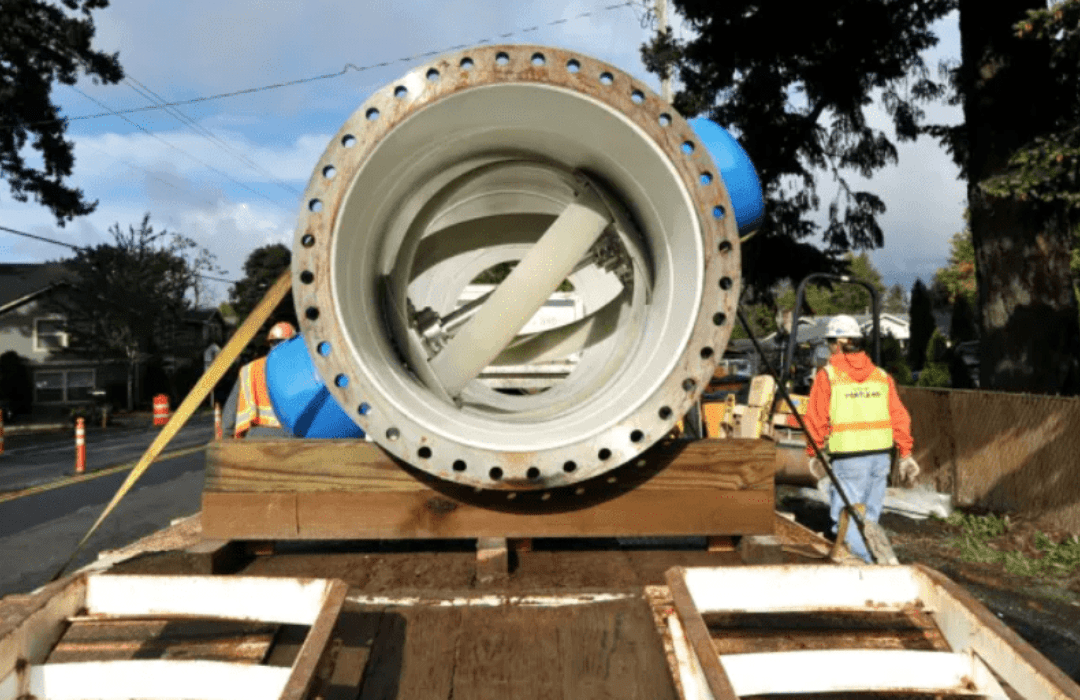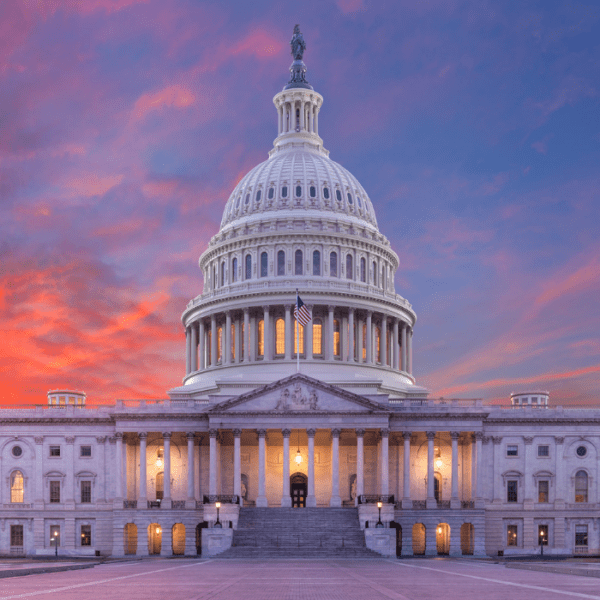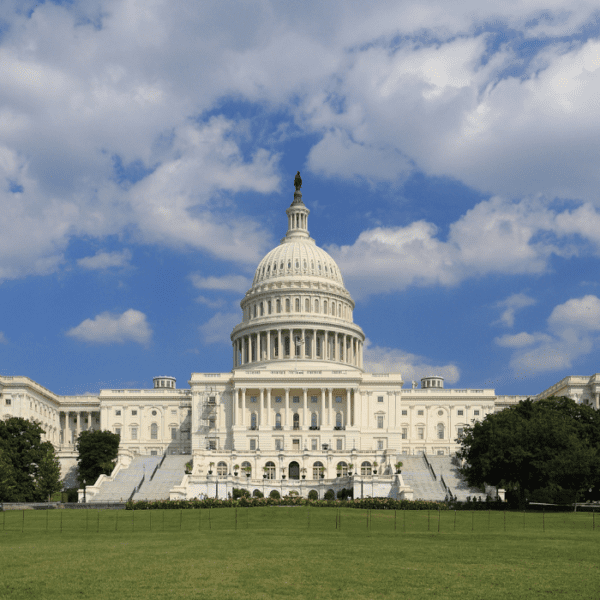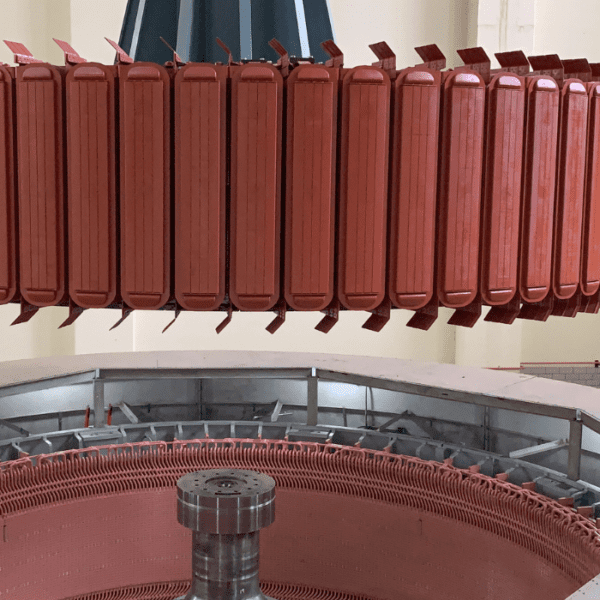At its July 2023 summer meeting in Austin, Texas, the National Association of Regulatory Utility Commissioners (NARUC) approved a resolution sponsored by Water Committee Co-Vice Chair and Pennsylvania Public Utility Commissioner Ralph V. Yanora. The Resolution, titled “WTR 1- Resolution Supporting the Integration of Hydropower as a part of Water/Wastewater/Stormwater Facilities Development, Expansion and Maintenance,” urges state and federal governments to support the integration of hydropower generating capacity into existing utility water management facilities.
While constructed for purposes unrelated to power generation, utility facilities have the potential to capitalize on the kinetic energy of moving water to help meet energy demand and grid resiliency. The NARUC Resolution urges state and federal cooperation to include and fund these reliable distributed generation resources as a part of the United States’ overall response to planned increases in energy demand and grid reliability.
With over $50 billion in funding from the Infrastructure and Jobs Act (IIJA) to spur the incorporation of renewable energy resources, as well as the repair, improvement, and expansion of water and wastewater infrastructure, states play an important role in determining how utilities implement this funding.
The Resolution demonstrates that NARUC recognizes the role hydropower can play in meeting utility resiliency, environmental, and cost efficiency goals, and it’s an outgrowth of a NARUC hydropower panel discussion moderated by Commissioner Yanora in Washington, D.C., in February of 2023.
The panel builds on a 2014 NARUC Resolution acknowledging the critical economic and societal importance of the water-energy nexus. Commissioner Yanora’s 2022 panel explored how the U.S. could utilize existing water infrastructure to achieve additional low-carbon energy gains and boost the resiliency of water and energy utilities. Panel members included the New England Hydropower Company, Rye Development, Brookfield Renewables, the director of the U.S. Department of Energy(DOE) Water Power Technologies Office, and utilities, including the Pennsylvania American Water Company and the Duquesne Light Company.
Hydropower owners and operators should work with state legislators to leverage the 2023 NARUC Resolution as part of engaging with stakeholder utilities about how conduit hydropower could serve the public interest as a normalized part of utility operations.
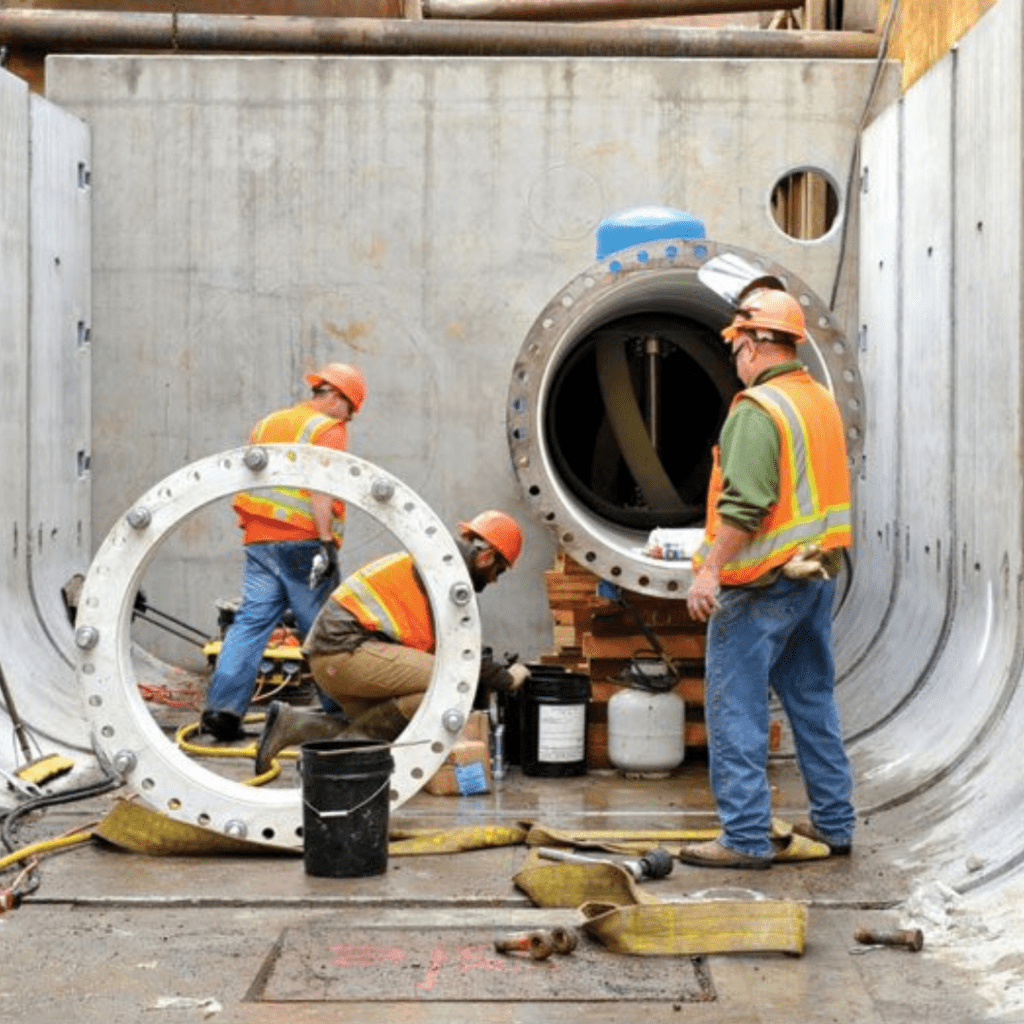
Workers in Portland, Oregon, install conduit hydropower systems in a municipal water pipeline.
WHAT IS THE NARUC RESOLUTION?
The NARUC Resolution is a vehicle hydropower owners and state regulators may use to initiate efforts to ensure regulated utilities have tools to achieve the interrelated resiliency, environmental, and cost efficiency goals hydropower retrofitted for conduits can provide. Additionally, it adds momentum to the recognition that the U.S. should utilize the positive attributes of an energy source that has long been “hiding” in plain sight.
NARUC Commissioner Yanora said that “meeting the multi-faceted challenges of our times – utility resiliency, low-or-no carbon generation, and affordability among them –will require that we make use of the benefits low-impact hydropower can provide. Through the Resolution, NARUC is working to ensure that our nation utilizes the full capacity of its existing utility infrastructure to meet these challenges.”
Commissioner Yanora added that low-impact hydropower has another quality that economic regulators should not overlook:
“While the adoption of low-impact hydropower will undoubtedly serve environmental goals, another attribute is that it is a utility investment that advances American prosperity. It is a reliable and well-understood generation technology. Its expansion and utilization do not depend on the whims of global politics. It is a long-lived, domestically sourced and manufactured intermediate good that can contribute to the expansion of our industrial base, and thus, our long-term national security. It also provides considerable economic externalities – those multiplier effects that extend economic benefit both upstream to suppliers and workers and downstream to the users of the clean low-cost power it generates.”
Specifically, the NARUC Resolution acknowledges the critical economic and societal importance of the water-energy nexus, including the fact that water distribution and collection account for approximately 2% of U.S. energy use.
State involvement is important to the proposal’s success because the states are the gatekeepers of regulatory tools needed to implement policies, programs, and incentives to employ the water-energy nexus for the purpose of improving and expanding water systems by incorporating zero-emission hydropower.
Additionally, the Resolution urges state and federal regulators to work in concert. Regarding current financing opportunities, the states will play a critical role in evaluating how utilities implement the IIJA, which provides approximately $50 billion for the repair, improvement, and expansion of water and wastewater infrastructure, as well as the incorporation of renewable energy resources.
The recommendations made by the Resolution urge the U.S. Department of Energy (DOE), and other federal agencies that oversee fund distribution, provide states with maximum flexibility to support the integration of hydropower to achieve positive effects on water and energy prices, infrastructure, and associated environmental and public benefits.
The timeliness of the Resolution is also important to note, as current federal and state policy proposals argue for the adoption of electric heating and transportation technologies at scale, which would substantially increase demand on generation and transmission supply infrastructure. Noting the Biden Administration’s carbon zero goals, the retrofit of conduits for hydropower is suited to help fill the demand for low or no carbon generation demanded by expanded electrification, as well as the affordability pressure these policy choices create.

Cross-section of in-pipe conduit hydropower system.
NEXT STEPS
The NARUC Resolution provides a path forward for state regulatory commissions, regulated water, wastewater, and stormwater providers, as well as affected stakeholders, to engage in dialogue about how retrofitting hydropower for use in conduits may serve the public interest as a normalized part of utility operations. Commissioner Yanora and NHA, including its members, are currently working to engage with industry and legislators to build on the goals of the Resolution.
These efforts would include consideration of how retrofitting hydropower for conduits would be included in any customer-generator net metering programs, renewable energy credit markets, and the fair treatment of costs related to the design, construction, and operation of this utility infrastructure.
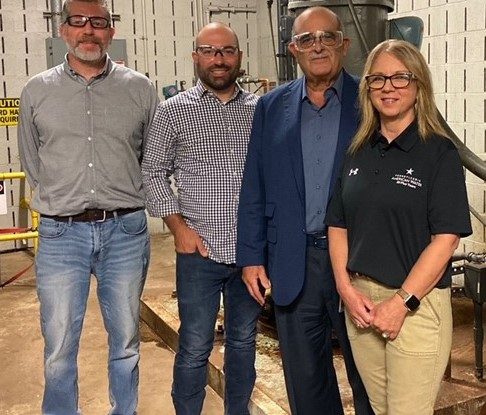
Pennsylvania has examples of how hydropower can be retrofitted for conduits and integrated into treatment plant operations. In the photo, Commissioner Yanora with Pennsylvania American Water Company employees in the turbine room at the PAWC Nesbitt water treatment plant outside Scranton, Pennsylvania. The PAWC Nesbitt plant uses zero-carbon renewable hydropower to cover 75% of plant electric costs. From left to right, Sean Sorber, Sr. Superintendent of Production, Jeremy Eden, Sr. Manager of Production, Ralph V. Yanora, Commissioner PaPUC, Traci Cross, Sr. Director of Operations Northeast.

